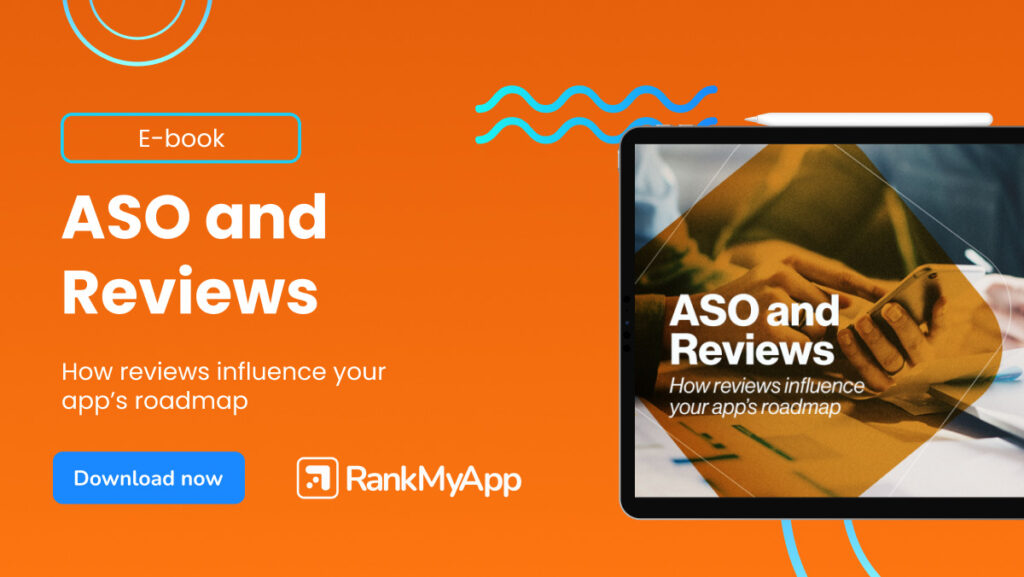An app can record millions of downloads in just a few months, but without an efficient monetization model, it runs the risk of quickly becoming unsustainable. On the other hand, there are cases of apps with smaller audiences that, thanks to well-defined strategies, manage to generate consistent revenue and grow exponentially.
The difference between these scenarios? A strategic approach to monetization. In 2024, the app market will be even more competitive, with users demanding fluid experiences and developers challenged to find the ideal balance between profitability and user satisfaction. But what monetization methods really work in the current scenario?
Studies show that in 2023, the global app market generated around US$ 400 billion, with Brazil accounting for a significant slice of this amount. The projection for 2025 is growth driven by new monetization methods and technologies. This scenario highlights the importance of strategies aligned with user expectations and changes in digital behavior.
Trends and forecasts for 2025
In Brazil, the growth of mobile internet access and the popularity of smartphones make the country one of the largest global markets in terms of download volume. However, the main challenge is to convert these downloads into consistent revenue without compromising the user experience. Models such as freemium and subscriptions have stood out, while in-app ads require greater personalization to avoid rejection.
With the arrival of 2025, forecasts point to a significant advance in personalization technologies, driven by artificial intelligence, besides the consolidation of new trends, such as monetization based on NFTs and greater use of aggregated data, respecting regulations such as the LGPD. Adopting strategies that balance experience and monetization will be key to maintaining relevance and growing in the market.

The main app monetization models
Each model has its advantages and challenges, and needs to be adapted to the needs of the audience and the characteristics of the app. Below, we’ll explore how each of these methods works, their practical applications and how they can be combined to maximize revenue and engagement, always respecting the user experience and current regulations.
In-app ads
In-app ads remain one of the main ways of monetizing apps. However, in 2025, the key word is balance. Models such as rewarded ads and non-intrusive interstitial ads have stood out for offering value to the user, whether in virtual currencies or unlocking features. In Brazil, apps like Duolingo exemplify how ads can be integrated without harming the user experience.
In-App Purchases
In-app purchases remain the backbone of monetization for many games and utility apps. To maximize conversions, it is essential to work on contextual offers, A/B testing of prices and elements that generate urgency, such as limited promotions.
Subscriptions
With the rise of the recurring economy, streaming, fitness and productivity apps are increasingly adopting the subscription model. In 2025, this format will remain strong, especially with personalized offers and flexible plans.
Gamification and rewards
Gamification is a powerful resource, especially in educational and wellness apps. Rewards for tasks completed or goals achieved create a cycle of engagement that motivates the user and generates revenue, whether through purchases or ads.
Freemium vs. Premium: which monetization model is right for your app?
Deciding between freemium and premium can be decisive for the success of your app. Both models have different characteristics and cater for different objectives and audiences.
- Freemium: Allows users to access basic functionalities for free, with additional features available for a fee. The challenge is to convert free users into paying ones, and tactics such as free trials of premium features or personalized notifications help increase the conversion rate.
- Premium: Requires an initial payment or subscription to unlock the full experience. Most commonly used in professional or educational tools, this model offers a smaller, but more qualified audience that is willing to pay. Here, strategies such as demos or clear explanations of the application’s value are essential to attract users.
When choosing between the two models, it’s important to consider the behavior of your audience and the purpose of your app. Freemium works well when the aim is to attract large volumes, while premium is ideal for highly specialized solutions with an audience willing to invest from the start.
Turning monetization strategies into consistent results
App monetization in 2024 is marked by innovation and adaptation to market and user demands. Whether through in-app ads, subscriptions or trends such as NFTs, the important thing is to choose strategies that align user experience and profitability.
If you’re looking to scale your app’s monetization, RankMyApp can help with customized solutions and cutting-edge technology.
Find out how to boost your app’s monetization! Talk to a RankMyApp expert today and achieve high-performance results.





